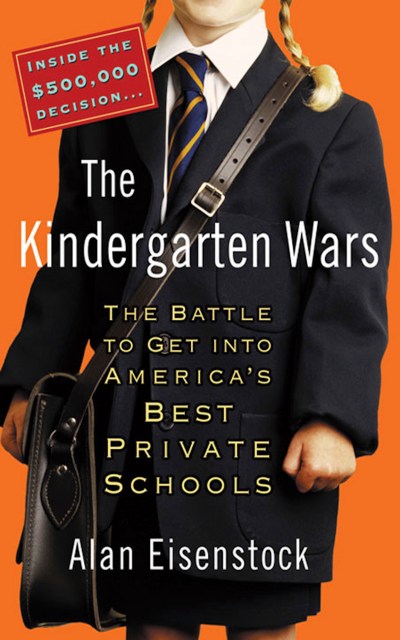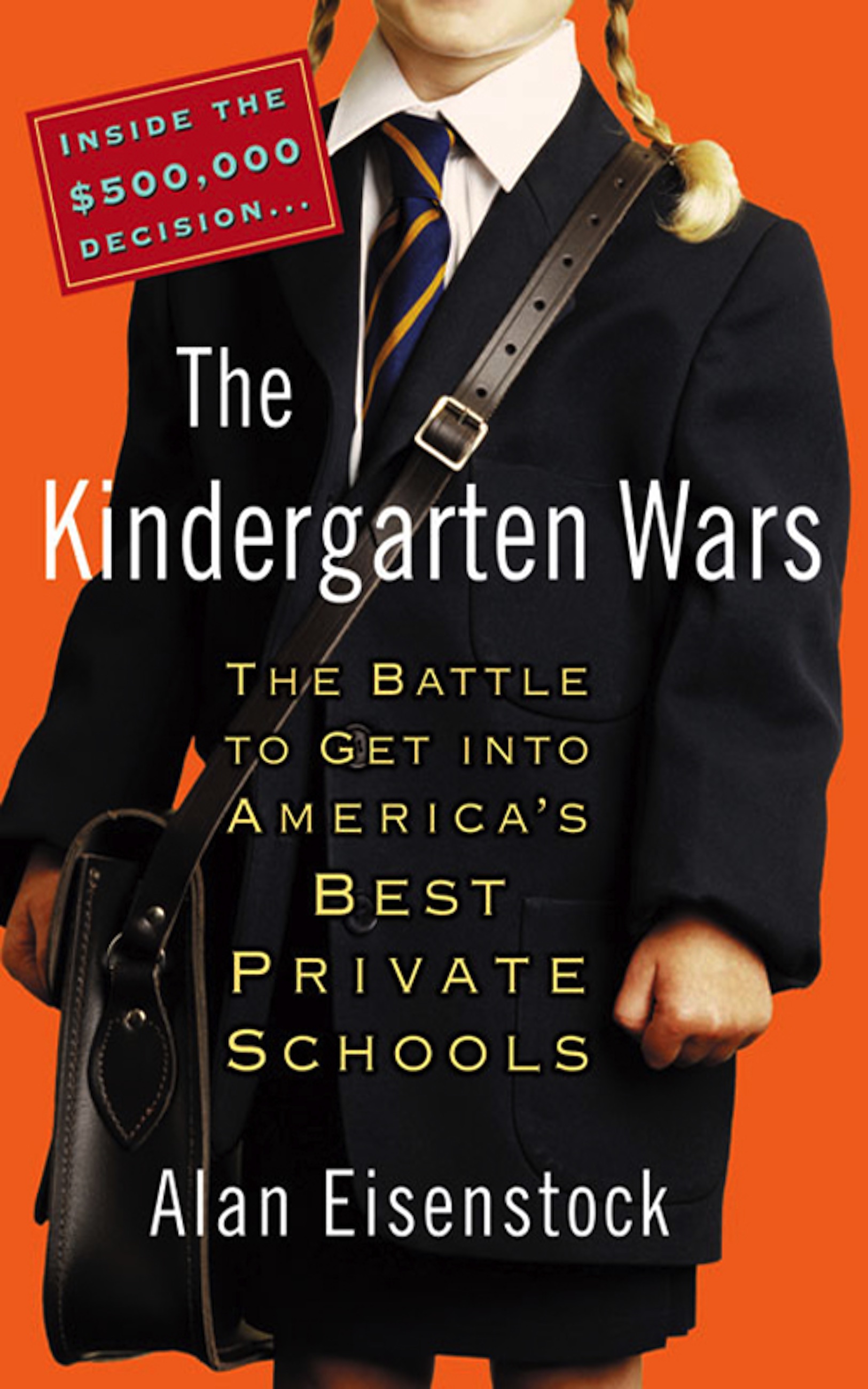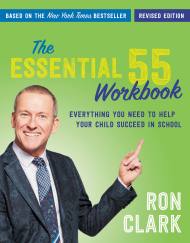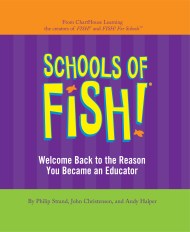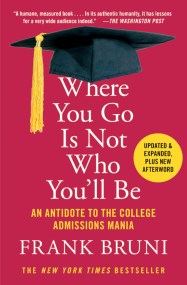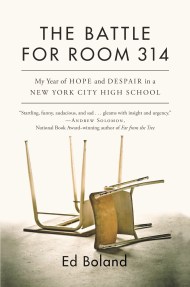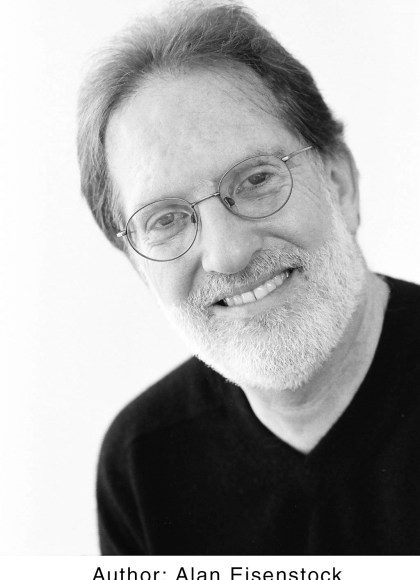Promotion
Use code BEST25 for 25% off storewide. Make sure to order by 11:59am, 12/12 for holiday delivery!
By clicking “Accept,” you agree to the use of cookies and similar technologies on your device as set forth in our Cookie Policy and our Privacy Policy. Please note that certain cookies are essential for this website to function properly and do not require user consent to be deployed.
The Kindergarten Wars
The Battle to Get into America's Best Private Schools
Contributors
By Alan Eisenstock
Formats and Prices
- On Sale
- Sep 18, 2006
- Page Count
- 256 pages
- Publisher
- Grand Central Publishing
- ISBN-13
- 9780759568525
Price
$11.99Price
$15.99 CADFormat
Format:
ebook (Digital original) $11.99 $15.99 CADThis item is a preorder. Your payment method will be charged immediately, and the product is expected to ship on or around September 18, 2006. This date is subject to change due to shipping delays beyond our control.
Buy from Other Retailers:
Did you know the most important line in your child’s application is where you–the parent–went to college? Did you know that you can qualify for financial aid even if you make $192,000 a year?
Eisenstock uncovers startling information, starting with how private school admissions directors decide who gets in. Does the child of a single woman of ethnic diversity on financial aid have a better chance of getting into an elite kindergarten than a child of a middle-class white couple? He will ask Ivy League students, their parents, and their admissions counselors the $500,000 question: Does where you go to kindergarten ultimately help you get into the most prestigious colleges?
At its core, The Kindergarten Wars is a human drama. It’s the story of a quest and the people who are vying for the prize–a space in private school kindergarten–at any cost. The book is honest, funny, suspenseful, and emotional.
Newsletter Signup
By clicking ‘Sign Up,’ I acknowledge that I have read and agree to Hachette Book Group’s Privacy Policy and Terms of Use
